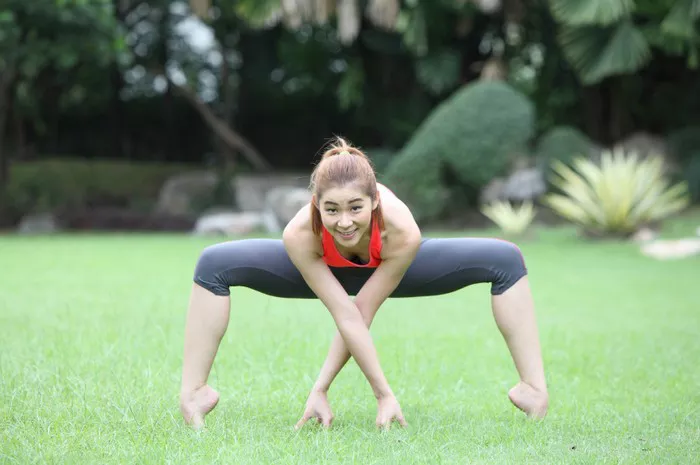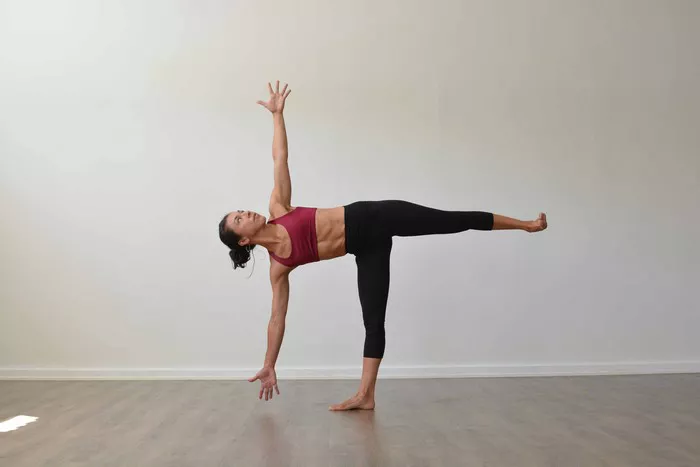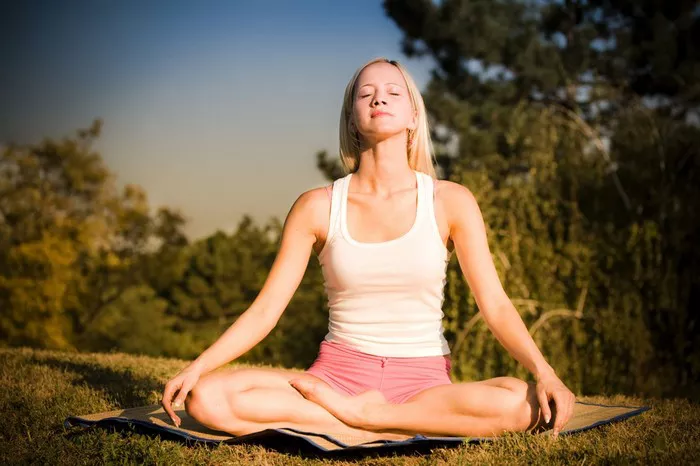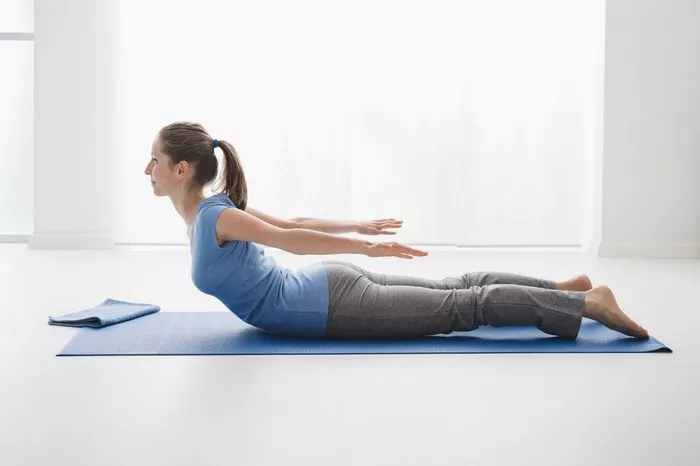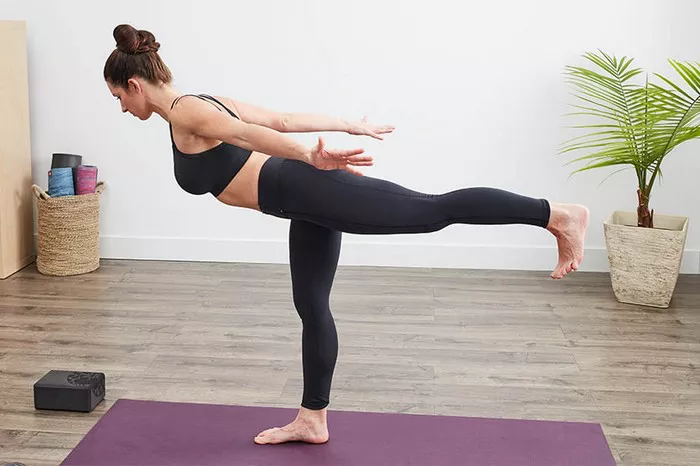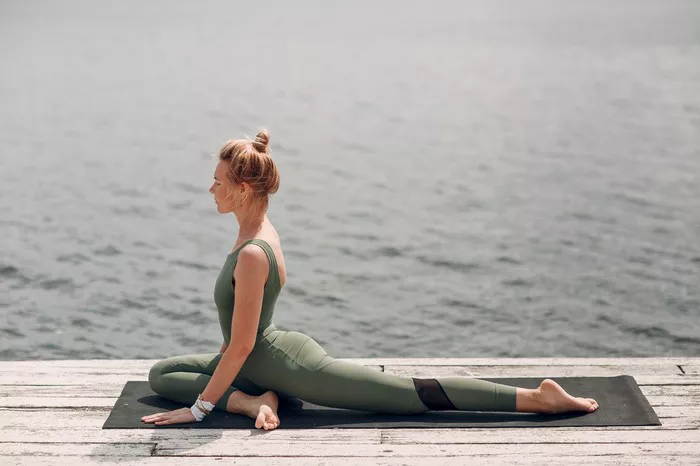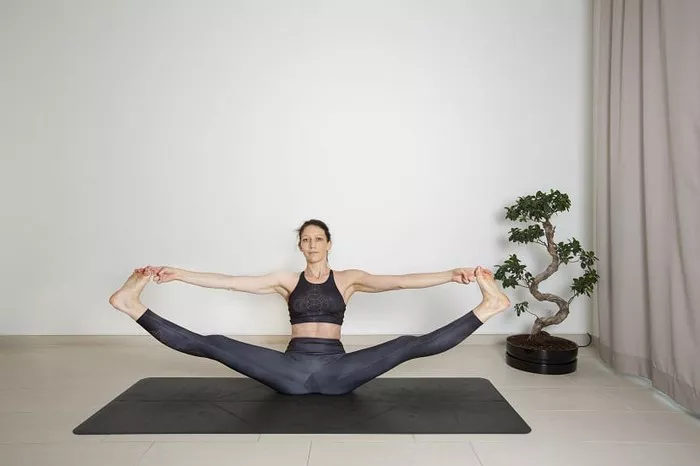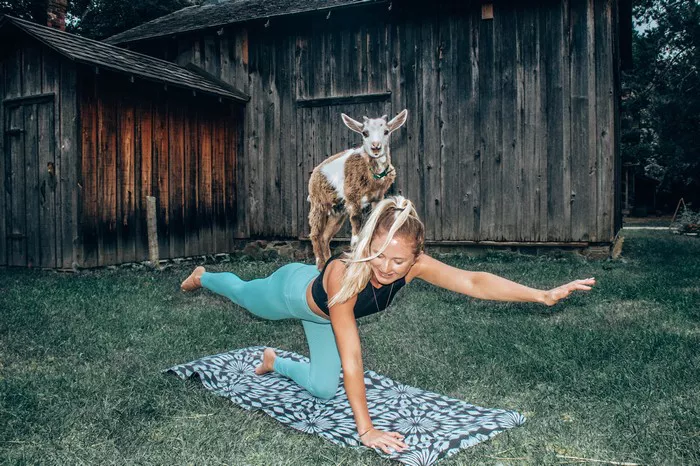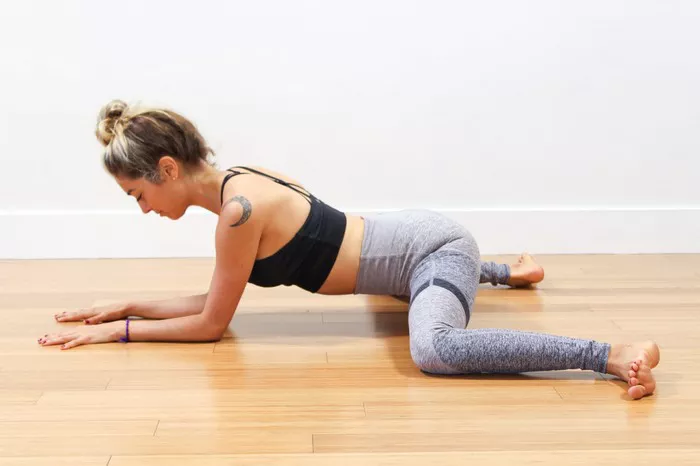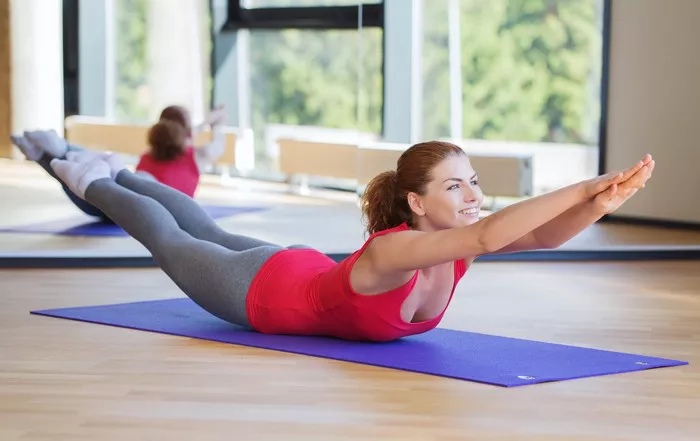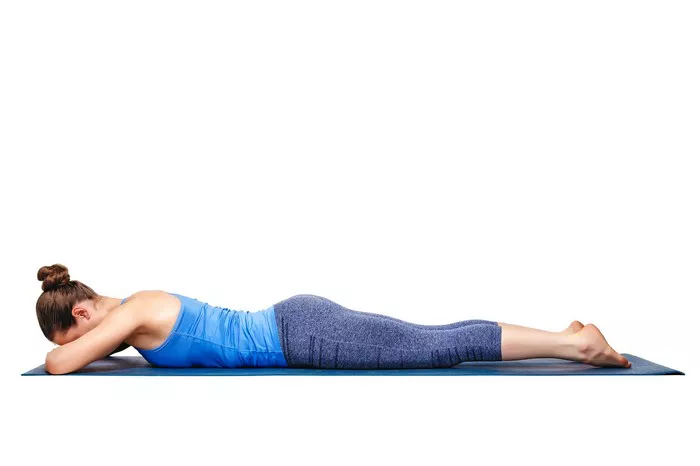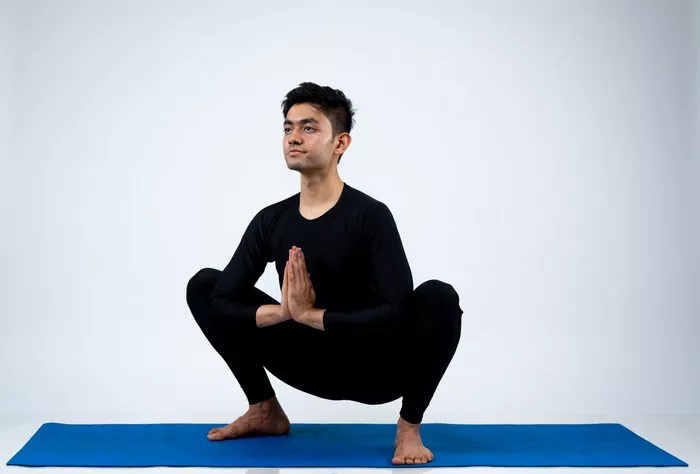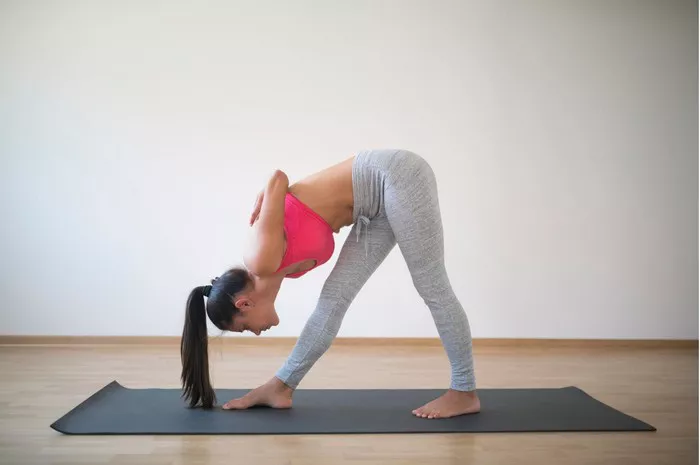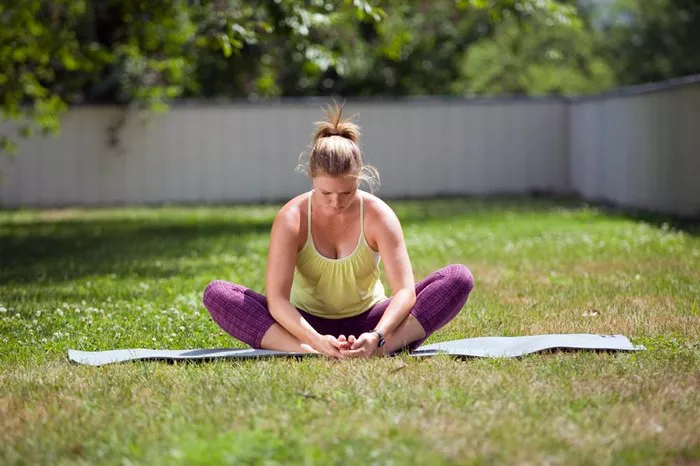The Triangle Pose, or Trikonasana, is a foundational posture in many styles of yoga. Often praised for its ability to stretch the hamstrings, hips, and spine while building strength and stability, Triangle Pose offers numerous benefits. However, like all physical activities, it has potential drawbacks that should not be overlooked. Practitioners, especially beginners, should understand the pose’s challenges to ensure safe and effective practice. This article explores nine key disadvantages of Triangle Pose, providing comprehensive insight into the associated risks and how to mitigate them.
1. Risk of Hamstring Strain
One of the most common risks of Triangle Pose is the potential for hamstring strain. As the posture demands a deep stretch through the back leg, particularly in the hamstrings, individuals with tight or less flexible muscles may push beyond their limits. Overstretching can lead to muscle fiber tears, pain, and limited mobility. To avoid this, practitioners should warm up thoroughly before attempting the pose and modify the depth of the stretch according to their flexibility level.
2. Pressure on the Lower Back
Triangle Pose requires a considerable amount of spinal rotation and lateral flexion. For those with lower back issues, this can introduce additional pressure and discomfort. Misalignment in the pose, such as collapsing the torso or over-twisting, exacerbates the stress on the lumbar spine. Practicing with awareness, using props like blocks, and maintaining a neutral spine can help reduce undue strain and promote safer engagement of the pose.
3. Shoulder and Neck Discomfort
The traditional alignment of Triangle Pose encourages extending one arm upward while the gaze follows the hand. This upward reach, combined with the rotation of the neck, can lead to discomfort or strain, particularly in individuals with shoulder tightness or neck sensitivity. It’s important to focus on elongating both sides of the torso evenly and avoid forcing the neck into a position that feels strained. Lowering the gaze or adjusting the arm placement are suitable modifications.
4. Balance and Stability Challenges
Maintaining balance in Triangle Pose can be difficult, especially for beginners. The wide stance, coupled with lateral stretching and rotation, requires core strength and proprioceptive awareness. Without sufficient stability, there’s a risk of wobbling or falling out of the pose, which could lead to injury. Practicing near a wall, engaging the core muscles, and using a block under the lower hand can provide additional support and improve balance.
5. Potential for Misalignment
Correct alignment in Triangle Pose is crucial to gain its benefits and avoid injury. However, the complexity of the pose makes it easy to misalign, particularly through the hips, knees, and spine. Common mistakes include jutting the front knee forward, collapsing the torso, or turning the chest downward instead of opening it. Regular guidance from an experienced instructor and the use of mirrors or video feedback can help maintain proper form and alignment.
6. Strain on the Hip Joints
Triangle Pose involves deep external rotation of the hip joints, which can be stressful for individuals with limited hip mobility or existing hip conditions. The front leg’s hip is particularly vulnerable, as it bears the brunt of the lateral stretch and weight distribution. Forcing the rotation can exacerbate hip pain or discomfort. Using props to elevate the hand and avoiding over-rotation of the hip can help protect the joints.
7. Impact on Pre-existing Medical Conditions
Individuals with certain medical conditions should approach Triangle Pose with caution. Conditions such as herniated discs, osteoporosis, and sciatica can be aggravated by the twisting and stretching involved in this posture. Even high or low blood pressure may be influenced by the pose’s demands. It’s essential to consult with a healthcare provider before incorporating Triangle Pose into a routine if any medical issues are present.
8. Not Suitable for All Body Types
Triangle Pose, though widely practiced, may not be equally accessible for all body types. People with larger bodies, shorter arms, or limited flexibility might find the traditional form of the pose difficult to achieve. Striving for a textbook posture could lead to compensation through poor alignment, increasing the risk of injury. Adapting the pose with props and focusing on comfort and functionality over form is a more sustainable approach.
9. Overemphasis on Aesthetics
In many yoga classes, the aesthetic appeal of Triangle Pose can overshadow its functional execution. Practitioners may push themselves to achieve a visually pleasing shape rather than a safe and supportive posture. This often leads to overextension, compromised alignment, and increased risk of strain or injury. Emphasizing mindful practice and listening to the body should take precedence over achieving a particular look.
Conclusion
While Triangle Pose offers a wealth of benefits, understanding its disadvantages is key to practicing it safely and effectively. From potential muscle strains and joint pressure to balance challenges and accessibility concerns, each risk underscores the importance of personalized practice and informed guidance. Modifications, props, and professional instruction can all play vital roles in mitigating these disadvantages. Ultimately, respecting one’s limits and prioritizing body awareness will ensure that Triangle Pose remains a valuable, sustainable part of a yoga practice.
FAQs
Q1: Can beginners safely practice Triangle Pose?
Yes, beginners can practice Triangle Pose with appropriate modifications such as using a yoga block, reducing the range of motion, and receiving instruction from a qualified teacher.
Q2: What props can help with Triangle Pose?
Common props include yoga blocks for supporting the lower hand, a wall for balance assistance, and a strap for improved alignment.
Q3: Should I avoid Triangle Pose if I have a lower back issue?
Individuals with lower back problems should consult a healthcare professional. Modifications and careful alignment can help, but in some cases, alternative poses might be more suitable.
Q4: How can I improve balance in Triangle Pose?
Focusing on engaging the core, spreading the feet for a stable base, and practicing near a wall can significantly improve balance.
Q5: Why does my neck hurt in Triangle Pose?
Neck discomfort can result from over-rotation or poor alignment. Try gazing forward or down instead of up, and avoid forcing the head position.
Related Topics:

